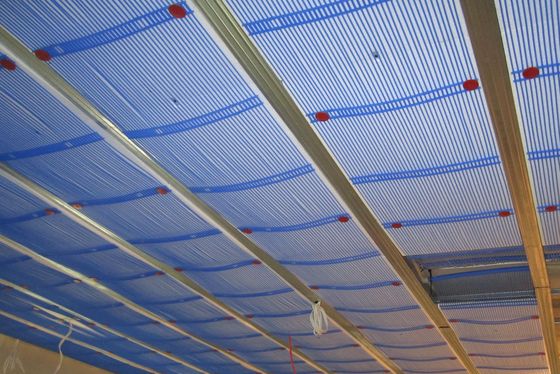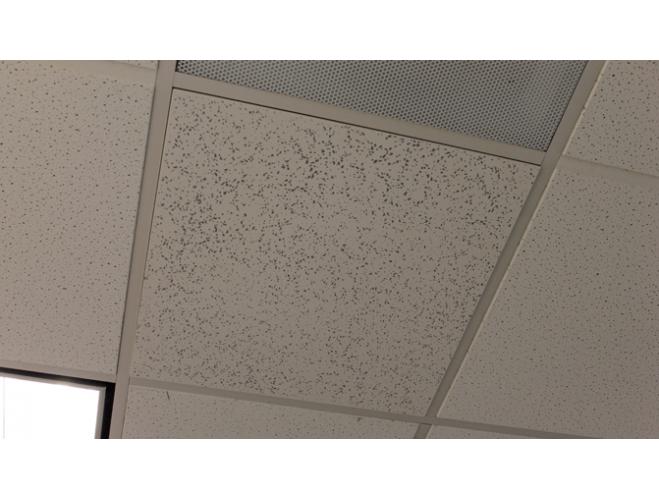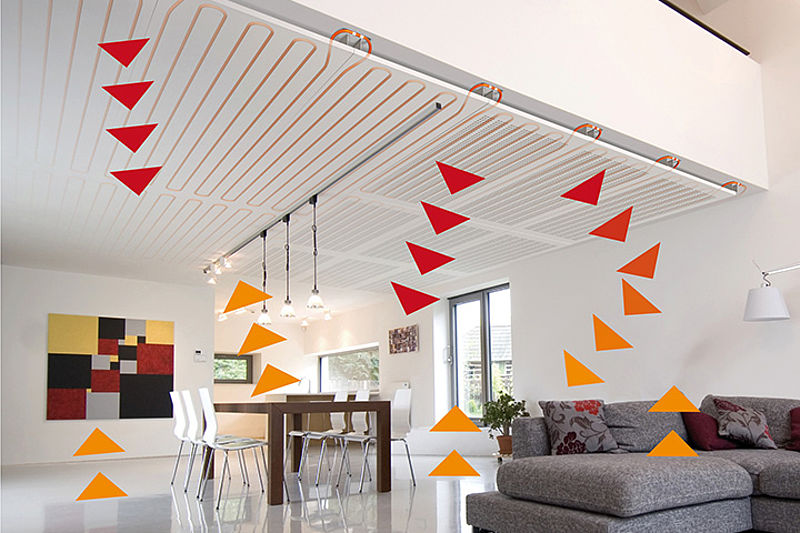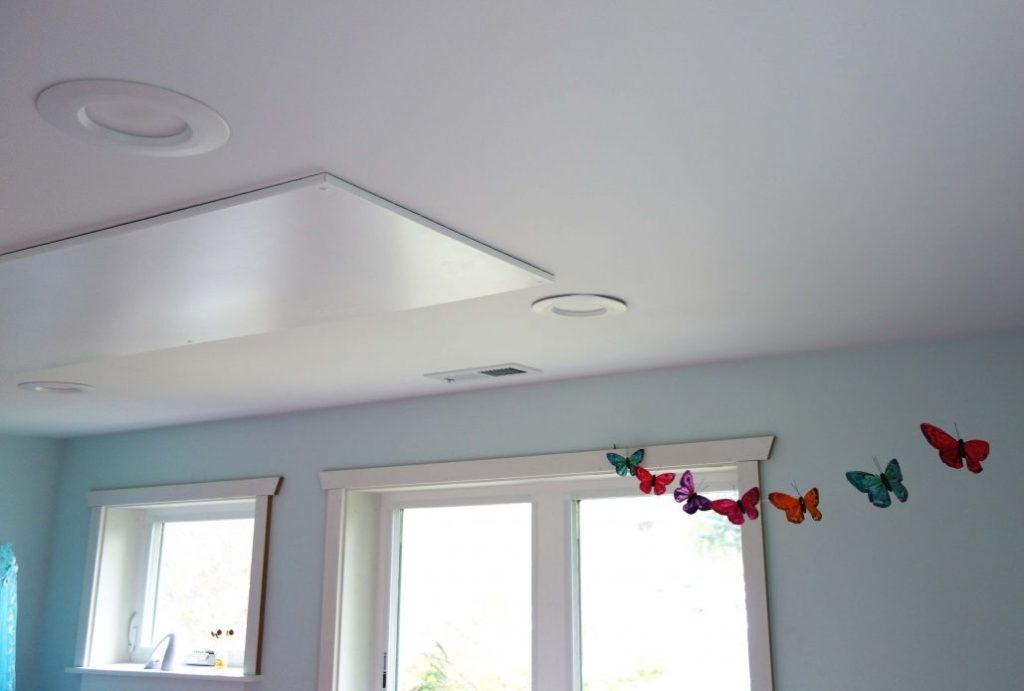When it comes to creating a warm and comfortable indoor environment, radiant heating panels ceiling mounted offer a modern, efficient, and discreet solution. These panels are designed to provide even heating throughout a room, eliminating the need for bulky radiators or space heaters. Whether for residential or commercial use, they are quickly becoming a preferred choice for those seeking energy efficiency and aesthetic appeal.

In this comprehensive guide, we’ll explore everything you need to know about ceiling-mounted radiant heating panels, including their benefits, installation process, and how they compare to other heating options.
What Are Radiant Heating Panels Ceiling Mounted?
Radiant heating panels work by emitting infrared radiation that directly warms people and objects in the room, rather than heating the air. Ceiling-mounted panels are installed directly onto the ceiling surface or recessed for a seamless appearance.
How Do They Work?
The panels use electric or hydronic (water-based) heating systems to produce infrared heat. This heat is absorbed by the surfaces it touches, creating a comfortable and consistent warmth.
Benefits of Radiant Heating Panels Ceiling Mounted
1. Energy Efficiency
Unlike traditional heating systems that warm the air, radiant heating targets people and objects directly. This reduces energy waste and can lower utility bills significantly.
Read too: Kitchen Lighting For A Vaulted Ceiling: Illuminating Your Space with Style and Functionality
2. Space-Saving Design
Mounted on the ceiling, these panels are unobtrusive and free up valuable floor and wall space. This is ideal for small rooms or areas with limited design flexibility.
3. Improved Air Quality
Because they do not rely on circulating air, radiant heating panels avoid stirring up dust, allergens, or pollutants. This makes them a healthier option for individuals with respiratory issues.
4. Even Heat Distribution
Radiant panels provide consistent and even warmth across a room, eliminating cold spots and drafts often experienced with forced-air systems.
5. Customizable Options
Available in various sizes, designs, and finishes, ceiling-mounted radiant panels can complement your interior decor while serving a functional purpose.
Applications of Radiant Heating Panels Ceiling Mounted
Residential Spaces
- Living Rooms and Bedrooms: Enjoy cozy and quiet heating in spaces where comfort is key.
- Bathrooms: Pair with a towel warmer for the ultimate spa-like experience.
Commercial Settings
- Offices: Create a comfortable work environment without bulky heaters.
- Restaurants: Maintain warmth in dining areas without compromising on aesthetics.
Specialized Uses
- Greenhouses: Maintain optimal temperatures for plants.
- Garages and Workshops: Keep workspaces warm and functional during colder months.
Installation of Radiant Heating Panels Ceiling Mounted
1. Planning and Preparation
- Assess the heating requirements of the space, considering factors like room size, insulation, and existing heating systems.
- Choose the appropriate panel size and type (electric or hydronic) based on your needs.
2. Mounting the Panels
- Secure the panels directly to the ceiling or recessed within it for a flush finish.
- Ensure proper spacing for optimal heat distribution.
3. Electrical Connections
- For electric panels, hire a licensed electrician to connect the panels to your home’s power supply.
- Hydronic systems require connection to a hot water source, which may involve additional plumbing work.
4. Testing and Final Adjustments
- Test the panels to ensure they are functioning correctly. Adjust settings as needed for maximum comfort and efficiency.
Comparing Radiant Heating Panels to Other Heating Systems
Radiant Panels vs. Forced-Air Heating
- Efficiency: Radiant panels are more efficient as they do not lose heat through ductwork.
- Comfort: Forced-air systems can create uneven heating and drafts, whereas radiant panels provide consistent warmth.
Radiant Panels vs. Baseboard Heaters
- Space Usage: Ceiling-mounted panels save space compared to bulky baseboard units.
- Aesthetics: Radiant panels blend seamlessly into the ceiling for a cleaner look.
Radiant Panels vs. Underfloor Heating
- Installation: Ceiling panels are easier and less expensive to install than underfloor systems.
- Flexibility: Panels can be added to existing spaces without major renovations.
Are Radiant Heating Panels Ceiling Mounted Right for You?
Consider Your Heating Needs
- If you prioritize energy efficiency, comfort, and design flexibility, radiant panels are an excellent choice.
- For large or poorly insulated spaces, additional heating support may be required.
Cost Considerations
- While the upfront cost of radiant panels can be higher than traditional heaters, the long-term savings on energy bills often make up for the investment.
Environmental Impact
Radiant panels are eco-friendly, especially when powered by renewable energy sources like solar or wind.
Maintenance Tips for Radiant Heating Panels
- Regular Cleaning: Dust the panels periodically to maintain efficiency and appearance.
- Inspect Connections: Check electrical or plumbing connections annually to ensure safety and performance.
- Avoid Overloading Circuits: Ensure the panels are connected to appropriate circuits to prevent electrical issues.
Frequently Asked Questions
1. Are radiant heating panels safe for all ceiling types?
Yes, but ensure the ceiling can support the panel’s weight and is compatible with the installation requirements.
2. Can radiant panels be controlled with a thermostat?
Absolutely. Most panels are compatible with standard thermostats or smart home systems for precise temperature control.
3. Do radiant panels work in cold climates?
Yes, they are effective in cold climates when properly sized and installed.
Conclusion
Radiant heating panels ceiling mounted provide an innovative solution for those seeking efficient, space-saving, and aesthetically pleasing heating options. Whether for your home, office, or specialized space, these panels deliver consistent warmth without the drawbacks of traditional systems.
With proper planning and installation, radiant heating panels can transform your indoor environment into a comfortable and energy-efficient haven. Take the leap into modern heating solutions and enjoy the benefits for years to come.




